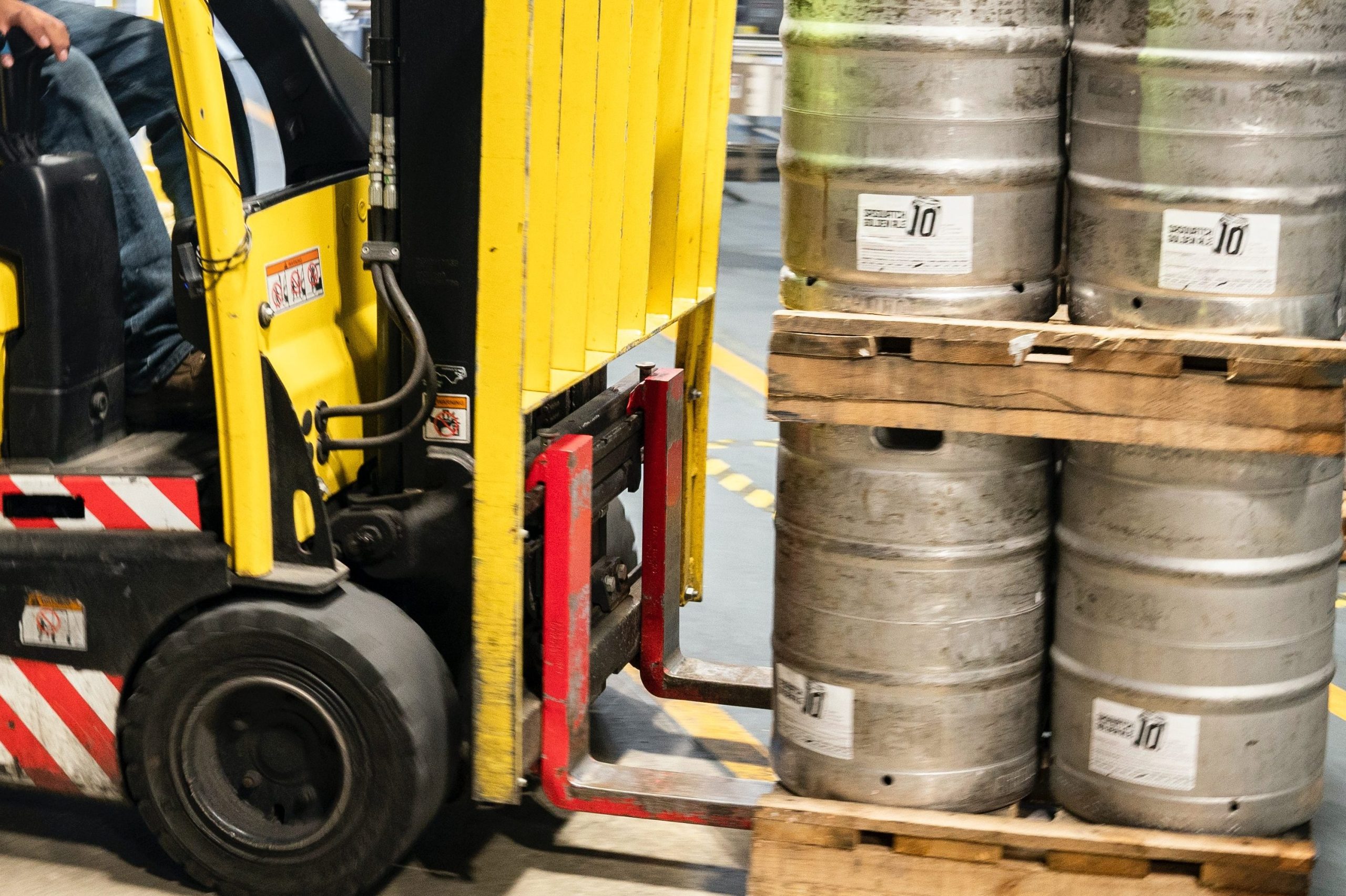Hyster-Yale Material Handling History
Hyster and Yale, originally two different companies, collaborated to merge their innovative approach to produce fantastic products. Having that said, Hyster was pro at direction control and pedal for speed technologies that they have been applying to the industry since 1959. On the other hand, Yale took the credit for producing the company’s first battery-powered low-lift platform truck. They also produced the first hypoid drive axle and the first fluid coupling transmission. Together they form the Hyster-Yale of history we know
Together, the two companies have produced jaw-dropping models of material handling vehicles, including trucks, tractors, forklifts, etc.
Let’s briefly overview the Hyster-Yale partnership history and its achievements.
Yale History:
The Yale company is far older than Hyster drafting its history back to the 1840s when Linus Yale started putting his innovative techniques and efforts into high-standard equipment. Yale brought on Henry Towne in 1868, who continued to promote Yale’s venture even after he died in 1868. It started producing material handling equipment in 1875, becoming the largest employer in Stamford.
Yale purchased C.W. Hunt Co. Of Staten Island in 1920, and around the same year, they proceeded to produce the first battery-powered low-lift truck, tractors, trucks with tilting forks, and a few forklifts. There was no sign of Hyster at that time.
Hyster History:
The loggers at Willamette-Posted company would yell “Hoist Er” as they became ready to lift the load. It came out like “Hyster” and marked the beginning of the Hyster forklifts and trucks producing company. In 1934, the company became “Willamette Hyster Company” and released its first forklift; a straddled lifting equipment with forks.
The company established its first overseas manufacturing facility in England in the same year and started exporting its lifting trucks to Japan. In a decade, Willamette Hyster formally changed its name to “Hyster” only and became a trademark for producing the durable and quality forklifts that won hearts.
The company started delivering its products overseas during World War 2 and gained a global reputation, expanding its manufacturing plants worldwide.

Hyster-Yale History:
Yales again outdid its competitors by producing the first LP gas and diesel-powered lister trucks to its products lineup in 1950. The hypoid drive axles to lift trucks and the first fluid coupling transmission technology were also invented.
Hyster invented Monotrol Pedal in 1959, which became a trademark for its unique capability of providing speed and direction control. Yale and Towne opened their plant to produce electric trucks in 1974 in Greenville, and after a decade, Yales material handling corporation came into existence.
NACCO industries emerged as a handling equipment corporation that acquired Hyster and Yale brands in 1989. NACCO started managing both companies as one for shared interests.
The limitless growth followed as NACCO helped Hyster-Yale handling equipment access all continents. They received an ISO 9001:2000 quality accreditation certificate and continued adding high-quality equipment to their lineup.
Not only did they improve design and performance, but their sole focus was to stay ahead of time, understand the demands of the future and develop each piece of equipment with an innovative approach.
Machinery Types Produced by Hyster-Yale:
Let’s look at the machinery types that Hyster-Yale has produced in history so far.
During their course of common progress, Hyster and Yale came up with various forklifts, trucks, tractors, and pickers.
Forklifts:
Hyster Yale has produced more than a dozen types of forklifts in this huge period. Hyster has focused on producing different types of quality forklifts that could benefit people from different job sites and businesses.
It has now produced forklifts in multiple styles, I.e.,
- electric forklift
- forklift trucks
- Internal combustion forklifts
- High-reach forklifts, etc.
Yale has also put efforts into producing these forklifts, out of which the 4-wheel electric forklift is remarkable. All these forklifts will require a Hyster service manual that helps the mechanics with the service and repair of the forklift. They also help the operators troubleshoot the problem encountered by the forklift during its operation.
Stacking Equipment:
Besides the forklifts that can be smartly used to stack the product, the companies have produced specialized stacking equipment that includes pallet stackers that both Hyster and Yale produce under one inventory now.
Tow Tractors:
Yale and Hyster produce different trucks and tractors that can tow heavy loads to different heights. Besides tow tractors that they have manufactured to tow heavy weights, pallet trucks and reach trucks have also become a part of their lineup. Latter trucks specialize in stacking heavy loads and making them access considerable heights. Very narrow aisle trucks are built to perform operations in very confined places.

You can find the handling equipment of different powers for different purposes. The experts at Hyster-Yale company have the history to help choose the right equipment for your job. Adopt a foreseeing approach if you intend to expand your business further since handling equipment may be a long-term investment. Some companies even allow you to lend equipment for short projects.
Frequently Asked Questions
Are Hyster and Yale the same company?
Both Yale and Hyster are subsidiaries of NACCO Industries. The NACCO Materials Handling Group offers further segmentation of NACCO Industries and the lift products.
Where is Hyster-Yale located?
A global / regional headquarters in the US is centered in Cleveland, OH. This facility focuses more on technical aspects of the business, rather than manufacturing directly products delivered to consumers.
How long do Hyster forklifts last?
A general average lifespan for most forklifts is approximately 10,000 hours. This number serves as a base, and quality brands such as Hyster can easily outperform this.

